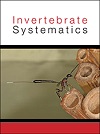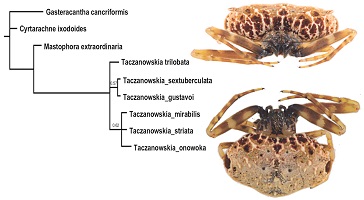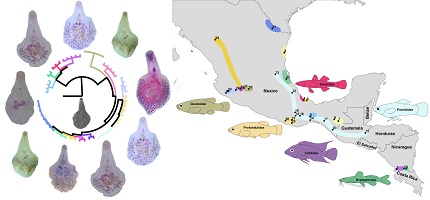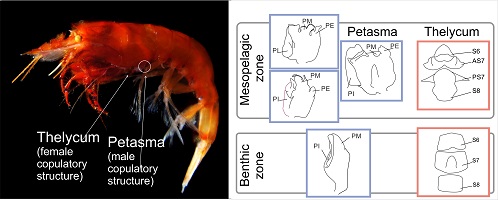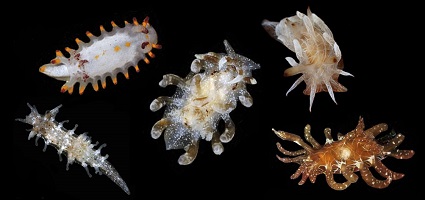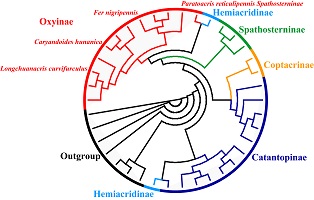
The phylogenetic position of the genera Caryandoides, Paratoacris, Fer and Longchuanacris were clarified based on mitogenomic and morphological evidence. The results show that the four genera were consistently assigned to the subfamily Oxyinae rather than Catantopinae in all phylogenetic trees deduced from mitogenome sequences, and this finding is entirely consistent with their morphological characters. Therefore, it is more appropriate to place them in Oxyinae rather than Catantopinae.


